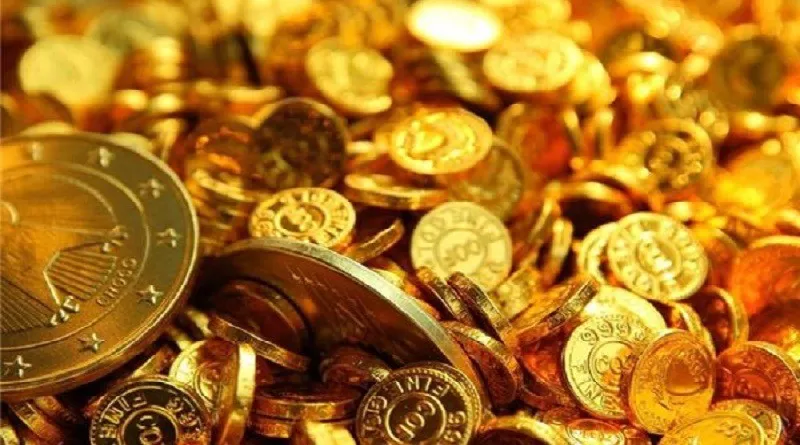Gold (XAU/USD) experienced a rally on Thursday, trading in the $2,320s, supported by long-term global factors amidst a recovery phase. This follows a period of pressure influenced by comments from Federal Reserve (Fed) officials, who have reiterated the need for further progress in reducing inflation before considering any interest rate cuts.
The reluctance of the Fed to cut rates has been weighing on gold, as the non-interest-bearing asset becomes less attractive to investors when compared to interest-yielding alternatives.
Fed’s Reluctance and Market Reactions
The yellow metal’s recovery on Thursday comes after a significant downturn on Wednesday, which was driven by the Fed’s persistent stance on maintaining current interest rates. Key to future movements will be the release of the U.S. Personal Consumption Expenditures (PCE) Price Index for May on Friday, a critical indicator for the Fed’s inflation assessment. A lower-than-expected PCE result could increase the likelihood of the Fed cutting interest rates, whereas a higher-than-expected result would reinforce the Fed’s cautious approach.
Despite the Fed’s hesitation, market sentiment remains somewhat optimistic. According to the CME FedWatch tool, there is a 62% probability of a rate cut by or before the Fed’s September meeting, slightly down from 66% on Wednesday.
Long-Term Positive Factors for Gold
Gold’s downside risks are mitigated by several long-term supportive factors:
Safe-Haven Demand: In a world fraught with geopolitical uncertainties, including tensions in the Middle East, the conflict in Ukraine, and upcoming contentious elections in France, gold remains a preferred safe-haven asset for investors.
Economic and Technological Shifts: The ongoing AI-driven economic transformations and the looming threat of climate change add to the asset’s allure.
Currency Hedging: The U.S. Dollar’s strength, particularly its 38-year high against the Japanese Yen, has led to significant depreciation in Asian currencies, prompting regional central banks to accumulate gold as a hedge. However, a stronger dollar typically puts downward pressure on gold prices, given that it is priced in dollars.
BRICS Trade Confederation: The strategic shift by the BRICS nations (Brazil, Russia, India, China, and South Africa) towards using gold as an alternative to the U.S. Dollar in global trade further bolsters gold’s position. Gold’s stability and status as a safe store of value make it a reliable medium of exchange amidst volatile national currencies.
In summary, while immediate market movements in gold are heavily influenced by the Fed’s monetary policy and upcoming economic data, the metal’s long-term prospects remain strong, supported by its role as a safe-haven asset and currency hedge amidst global uncertainties.


